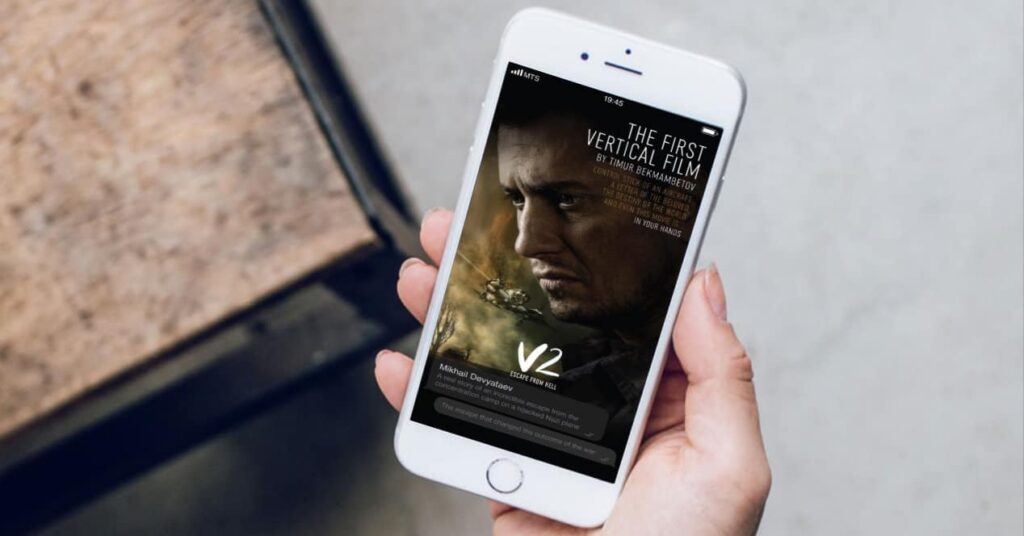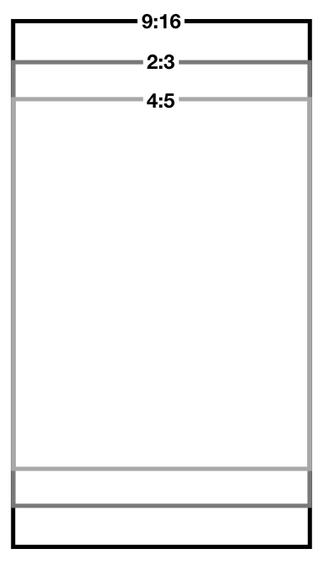You probably remember this scene from The Wizard of Oz: When Dorothy’s house is caught in a tornado, she travels into a different world. When she opens the door, she travels from a faded sepia into a technicolour world. But not the first. There are a few misconceptions surrounding Dorothy and her journey that helps to understand the history of technicolour. The Wizard of Oz is often considered the first technicolour film. “A visit to the Seaside” is the first film filmed in “kinemcolor” and there were also hand painted films even predeceasing this one. But also, the technicolour history goes further back than The Wizard of Oz.
Herbert Kalmus, Daniel Frost Comstock, and W. Burton Wescott founded a company in 1914 experimenting with merging multiple filmstrips. Those films of merged red and green date back to the 1920s and early 1930s. However, this process had its limitations. Skin tones worked well with this technique, but everything blue was lost. 1932 blue was added in form of a third filmstrip. The process was shown in Disney’s “Flowers and Trees”
But how does technicolour exactly work? The answer to this is also the answer to the question of why technicolour was eventually discontinued; it is extremely difficult. Normally, a technicolour camera would take that picture and shoot it through a prism that divided the light into the picture’s red, blue, and green negatives. Then, these negative “matrices” were transformed into positive ones. They finally became stained with dyes of the contrasting hues. As a result, the red matrix changed to cyan, the green matrix to magenta, and the blue matrix to yellow. The final, stunning technicolour image was produced via the “dye transfer method,” which involved transferring the dye. They had to increase the contrast in the early days of technicolour as well. Under the matrices, the business would put a black-and-white layer that would act as “the key.” In early examples like 1934’s La Cucaracha, The Trail of the Lonesome Pine, and Robin Hood—all of which were released before The Wizard of Oz.
Technicolour cameras were also bigger than ordinary motion picture cameras because they had to run three strips of film through them at the same time. Not only did the three strips need extra room, but also a lot of light. To get enough light to these three strips of film, that set had to be blazingly overlit. There were reportedly instances when the set reached 100 degrees Fahrenheit. Through the 1950s, less expensive methods using a single strip, such Eastman colour, eventually supplanted technicolour. One of the last significant films to employ the technicolour we are familiar with was The Godfather, Part II.
Kodak introduced Eastman color in 1951, which quickly surpassed Technicolor due to its ease of use and lower cost. However, Eastman color had poor color retention, so most films were still printed using Technicolor’s superior process. This remained the case for several decades until the live-action film “Super Mario Bros” became the first feature to use digital intermediates. Despite initial skepticism, digital processing has become the norm for most major motion pictures, with HDR being biggest leap in display and projection technology in recent years and has recently been adopted by AMC to outfit theaters with Dolby vision laser projectors. While Dolby vision is still relatively new and limited to a few films at any given theater, this is expected to change in the near future.











